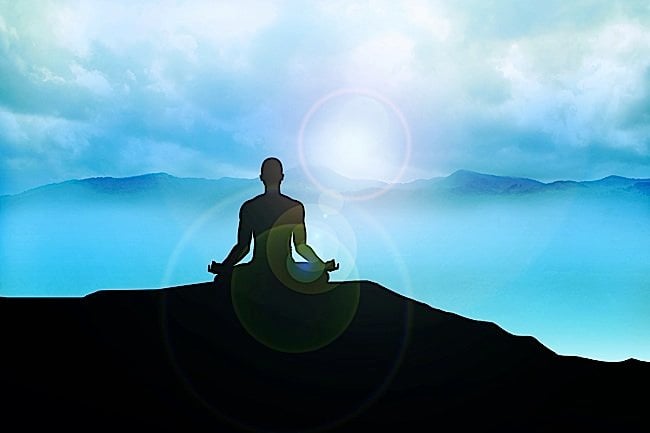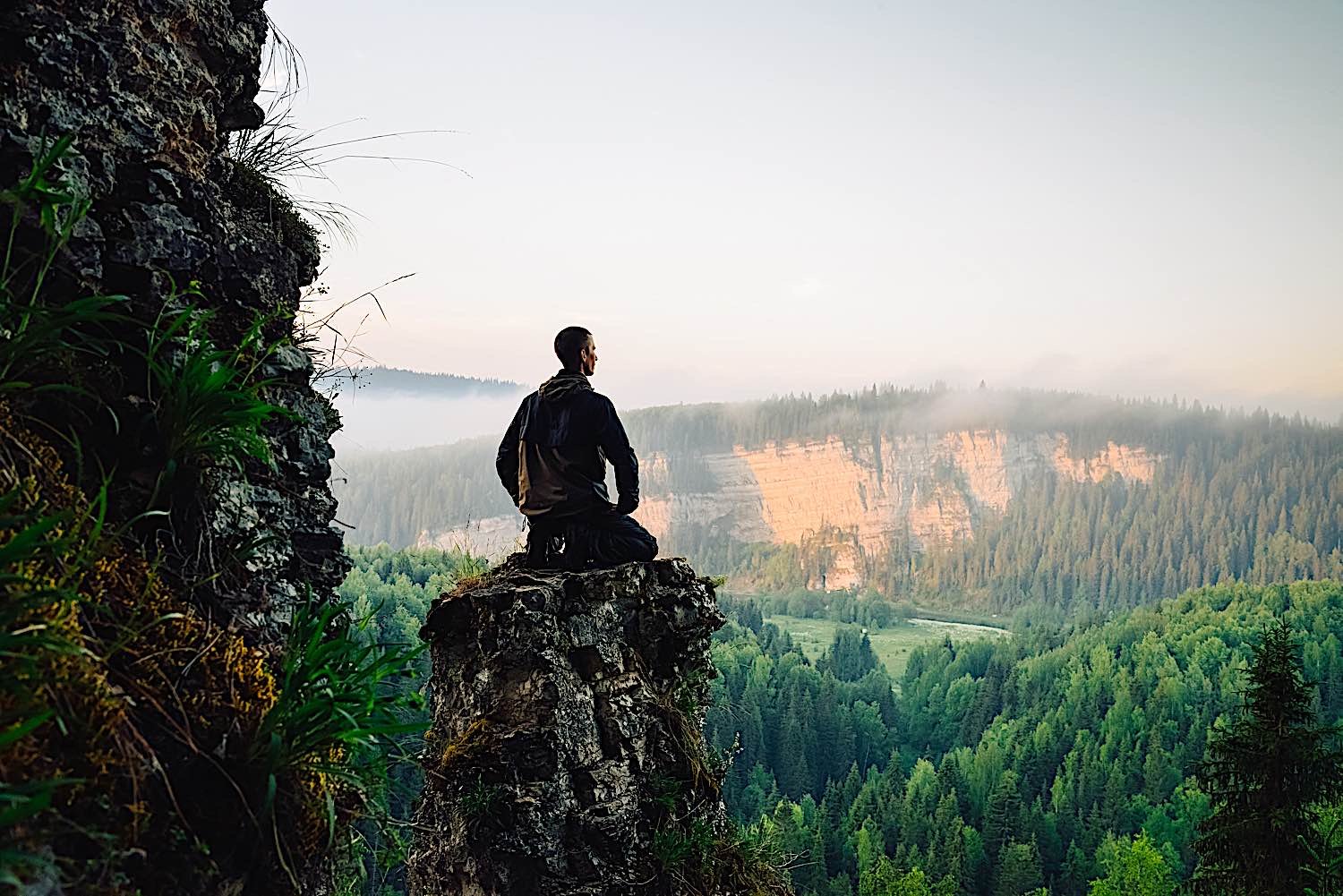What Is the Importance of the Human-Nature Connection in Buddhism?
The importance of the human-nature bond has been proven in various studies to be a vital way to promote better health and well-being. Did you know, for instance, that visiting a forest for less than 15 minutes or swimming...


The importance of the human-nature bond has been proven in various studies to be a vital way to promote better health and well-being. Did you know, for instance, that visiting a forest for less than 15 minutes or swimming in the ocean can lower stress, boost your mood, and raise your vitality? As we end one year and start a new one, however, this connection is one worth strengthening for much more than mental health reasons. Research indicates that some 3.6 billion people live in areas that are highly susceptible to climate change. How can Buddhists protect the Earth while also harnessing the benefits of the natural need to spend time in the arms of Mother Nature?
Contributing writer Karoline Gore
 A man meditates in nature.
A man meditates in nature.
The Buddhist View on Nature
The Buddhist view of the importance of nature can easily be gleaned from The Five Precepts, which comprises five practices. The first is the avoidance of harmful actions. This includes not killing or stealing—which is something human beings do when they cull trees, raise the habitats of animals to the ground, and contribute to global warming. The first reminds us to live in alliance with nature instead of exploiting it to our advantage. The second espouses partaking in wholesome actions—including being kind, not only to people, but to all sentient things. The third is the cultivation of a healthy mind, which involves mindfulness—being aware of our actions and choosing what we do wisely. The fourth is right livelihood—earning a living in a way that does not harm oneself or others—including the environment. The fifth involves abandoning negative thoughts and cultivating positive thoughts and emotions. And nature is the perfect place to instil a mindful state in people.
 The close connection of nature and Buddhism (and meditation) is well represented by the many cave shrines found around the world. Many of the great sages retreated to caves, not only for solitude to improve comtemplative meditation, but because of the need to be connected to nature.
The close connection of nature and Buddhism (and meditation) is well represented by the many cave shrines found around the world. Many of the great sages retreated to caves, not only for solitude to improve comtemplative meditation, but because of the need to be connected to nature.
How Can Buddhists Strengthen Their Bond With Nature?
To leverage the human-nature connection Buddhists can simply head outdoors and aim to spend a few minutes a day in the presence of greenery or bodies of water. Studies have shown that doing so lowers levels of the stress hormone, cortisol. Nature also weaves its magic on children, teaching them vital lessons such as how to take reasonable risks, make decisions, and solve problems.
 A path through a spectacular bamboo forest. This path is a Zen Chan path through nature, symbolizing the connection with the earth and nature, and the importance of quiet contemplation. Many zen temples have spectacular meditation areas in gardens and forests, or on top of mountains.
A path through a spectacular bamboo forest. This path is a Zen Chan path through nature, symbolizing the connection with the earth and nature, and the importance of quiet contemplation. Many zen temples have spectacular meditation areas in gardens and forests, or on top of mountains.
Nature-Based Home Design
Developing a connection with nature is easy. It can begin with an action as simple as welcoming plants into your home. If you love home design, then you have probably heard all about a true craze in this industry—biophilic design. It involves bringing a host of plants and indoor trees into your home, in an effort to blur the lines between life indoors and outdoors. Even if you have a small space, you can use macrame plant hangers to hang a myriad of plants at various heights. You can also invest in one or two statement plants like Areca palms, Monstera deliciosa, or the Fiddle leaf fig to call attention to a specific part of your home. Choose natural eco-friendly materials (such as bamboo and reclaimed wood) and fill your home with décor inspired on the beauty of nature.
 We can’t always meditate in nature, but you can bring a little nature into your home with plants and decor ideas.
We can’t always meditate in nature, but you can bring a little nature into your home with plants and decor ideas.
Meditating Outdoors
Meditation often plays a vital role in the life of Buddhists, so if you try to make time daily to take part in meditation, then aim to do so outdoors. You can also engage in breathwork or embrace other holistic pursuits such as Tai Chi and yoga. All these pursuits can be deeply mindful if you concentrate on your technique and utilize breathwork to enhance your practice. After your meditation session, simply open your senses to the beauty of the natural world. Take note of the beautiful sounds of wildlife around you, and of the unique sights and textures that can be found outdoors. Indulge your sense of smell as well, approaching plants and flowers and inhaling their unique aroma. If you have a home garden, you can enhance its olfactory properties by planting a few fragrant herbs and flowers. Plant the latter on raised beds if possible, so they can be easier to smell.
 A Buddhist monk performing formal walking meditation on a forest path. You don’t have to be a monk to take a mindful walk, or sit out in nature meditating.
A Buddhist monk performing formal walking meditation on a forest path. You don’t have to be a monk to take a mindful walk, or sit out in nature meditating.
The Buddhist way of life espouses the importance of kindness to all living things. Preserving our planet is a vital way of ensuring that life exists and persists and that no sentient things suffer because of problems like deforestation or global warming. To do your share for the environment, aim to spend time outdoors, invite nature into your home, and consider meditating and exercising outdoors.
 Meditating quietly on the beach in the warm sun.
Meditating quietly on the beach in the warm sun.
 Tekef
Tekef 
































